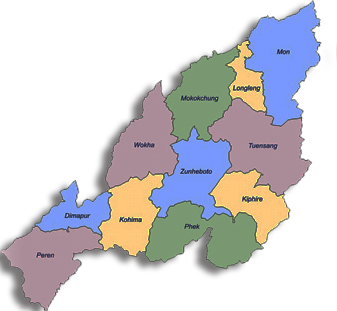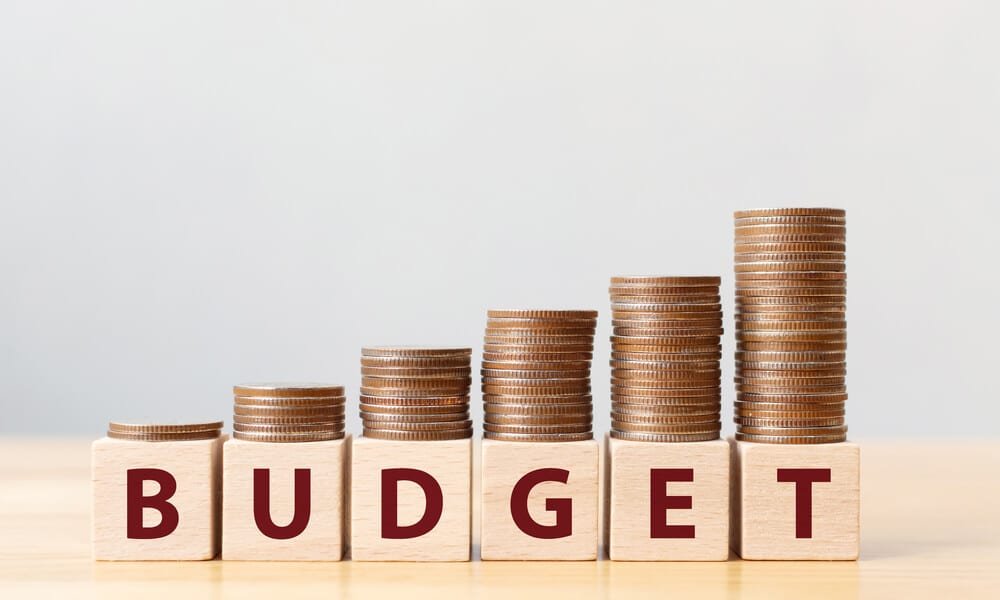By: Kamal Barman
With the beginning of the Fiscal Year from April 1, the tax clock starts ticking afresh and citizens voiced their displeasure over TDS (Tax Deduction at Source) from an annuity, salary, and interest while banks deduct tax on behalf of the Government of India. The concept of TDS is to collect tax from the very source of income and remit the same into the account of ITD (Income Tax Department). But many people raise the question ‘why should I pay tax?’ as they’re paying for their food, house, travel, medical treatment, road tax, and what not, even on National Highways; one has to pay toll tax.
The conflict in Ukraine imposes further economic stress around the world on a system stretched by Covid-19. Inflation eats away the buying power of money. They wait in anticipation expecting additional tax relief from Union Budget as they feel that the tax rates are quite high even government tries to juggle many hats and get the balancing act right for the expectations of the common man, inflation, and fiscal deficit. The counter-question would be that if the government maintains nil inflation, there is no need for DA hikes. The government justified the DA hike based on the inflation number for Government employees and pensioners but this is not the case with the rest of India. The common man struggles to manage household spending due to an alarming rise in the rate of increasing prices.
India’s taxation has been liberalized after the recommendation of the Tax Reform Committee in 1991. The maximum marginal rate has come down from a mind-boggling 97.5% during the 70s to a much more manageable 30.9% now. Yet it has just over 6.25% of taxpayers including individuals and corporates. Though rates are lowered now, the country lacks desired tax culture. Americans and British contributed their earnings to Income Tax for getting social security and medicine facilities virtually without any cost but India doesn’t offer such facilities. Healthcare ought to be provided by the government to all citizens. However, taxes are used by the government for carrying out various welfare schemes.
There are many reasons for India’s huge rural and underground economies. People don’t earn enough to even qualify for the income tax slabs. Half of India’s assets belong to the richest 10% of its people while 95% have earned below 8L per annum which resulted from so many non-filers and stop-filers in ITR (Income Tax Return). It’s also a human tendency to avoid tax or at least minimize tax liability. There are growing protests from senior citizens that the tax burden is rising and blaming the tax system so complicated, while there are exemptions in many sections. Pensions received from ex MPs and MLAs are not treated as salaries but as other income hence no TDS. But fellow Indians pay at 5%, 20%, or 30% for slabs between 2.5L-5L, 5L-10L, and 10L above respectively. There is a tax rebate of up to INR 12500 in case of earning up to 5L. The Finance Act, 2020 has introduced new optional tax regime at 5%, 10%, 15%, 20%,25%, 30% for between 2.5L-5L, 5L-7.5L, 7.5L-10L, 10L-12.5L, 2.5L-15L and 15L above respectively.
Direct Tax makes up a significant portion of India’s tax generated revenue, where every rupee comes from Income Tax (15p), Corporation Tax (15p), GST (16p), and Customs (5p). Citizens pointed out that the tax departments treat them harshly with punitive provisions in the tax laws. There are various penalties too such as failure to comply with the notice, computation of under-reporting and misreporting of income, income from undisclosed sources, and receipt of an amount of INR 2 Lakh or more in cash. Tax filers got into panic for failing to furnish ITR within the due date or else pay a fine of INR 10000.
Not to worry – maybe one will be able to come over. Apart from designing penalty provisions, the income-tax act contains provisions for granting relief from a penalty in genuine/deserving cases under the Principal Commissioner or Commissioner of Income-tax. One needs to be very careful while declaring income for paying tax and furnishing ITR within the prescribed time. The default or delay in fulfilling one’s obligation may result in a levy of interest and penalty. ITD bifurcates income as salary, house property, business/profession, capital gain & other sources. Interest from FDs, savings banks, securities, IT refunds, gifts, winning lotteries, dividends, and family pensions are some examples of income from other sources.
It’s now time to do investments with sensible tax planning from paying unnecessary taxes. Tax outgo could be minimized by estimating Annual Income and considering all the available avenues judiciously. Taxes saving investments are generally long-term in nature with certain lock-in periods. One should pick up the instruments carefully, so that, apart from saving tax, such instruments should also meet long-term financial goals. PPF, FDs, NPS, SCSS, Life Insurance, Health Insurance, and ELSS is the most popular investments under Section 80C to get the most out of it.
An individual can continue with the existing tax regime and avail of common deductions from sections 80C, 80D, etc. Else, she/he can opt for the new, concessional tax regime without any commonly availed deductions and tax exemptions. The government has not offered any tax relief to individuals in the last budget because it would see individuals encourage more people to move to the new one. A new tax regime may be beneficial for those who are using only 80C for tax savings under the old regime. Taxpayers end up paying penalties in self-assessment tax before filing the IT Returns for not paying advance tax liability every quarterly.
Income-tax Act, 1961 came into existence w.e.f. 1-4-1962. India’s direct taxation as it is known today has been in force in one form or another even from ancient times. There are references both in Manu-Smriti and Arthashastra to a variety of tax measures. It’s only for the good of people that a government collects tax from them, just as the Sun draws moisture from the Earth to give it back a thousand fold. So, take your mark on July 31, usually the due date to file ITR for individuals and non-audit cases, and get set go for collecting TDS Certificate Form No. 16/16A from deductors such as Bank/Treasury and 26-AS from TRACES for happy e-filing/e-verifying this time. And don’t forget to link Aadhaar with PAN by sending SMS or else you face another penalty.







